JJ DPC-19
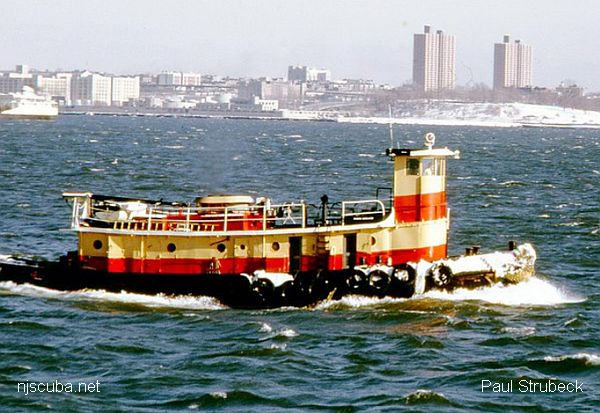
- Type:
- artificial reef, tugboat
- Built:
- 1943, Lawley & Sons, Neponset MA USA
- Specs:
- ( 86 x 24 ft ) 142 gross tons
- Sunk:
- Friday November 7, 2003 - Moriches Artificial Reef
- Depth:
- GPS:
- 40°43.470' -72°46.489'
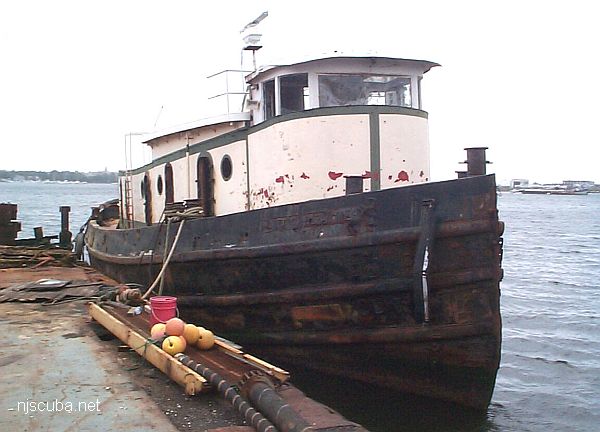
DPC-19
Built in 1943, by George Lawley and Son of Neponset, Massachusetts (hull #1307) as the DPC-19 for the United States Defense Plant Corporation. The tug was transferred to the United States War Shipping Administration, where the tug was re-designated as the WSA-2. In 1949, the tug was acquired by the Kehoe Transportation Company of New York, New York, where she was renamed Clayton P. Kehoe. In 1949, the tug was acquired by the Lakes Tankers Corporation of New York, New York, a division of the National Marine Service of St. Louis, Missouri, where she was renamed Canal Cities.
In 1972, she was acquired by the Reinauer Transportation Company of Staten Island, New York, where she was renamed the Curtis Reinauer. In 1988, the tug was acquired by J.K. Marine Incorporated of New York, New York, where she was renamed as the K-2. In 1999, the tug was sold, and reefed under the name "JJ".
tugboatinformation.com
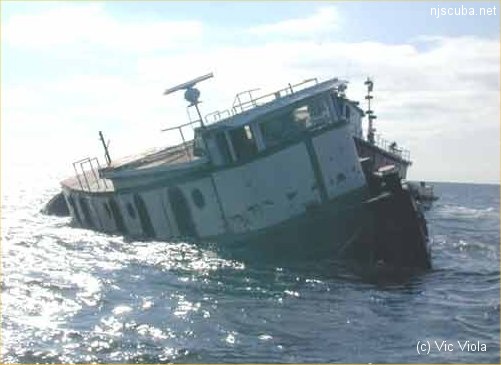
DPC-19 had her profile altered at some point, DPC boats did not have moveable pilot houses. The modification was done for operation on canals and inland waterways.

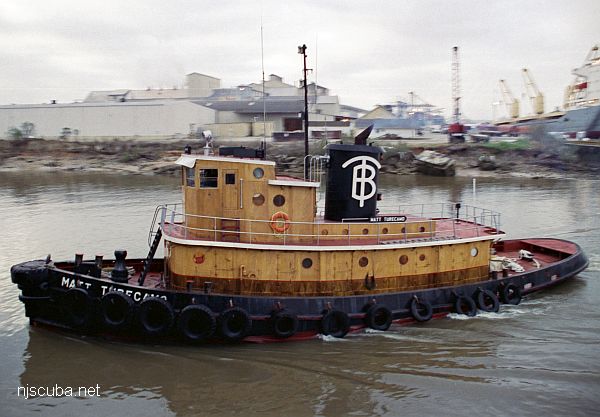
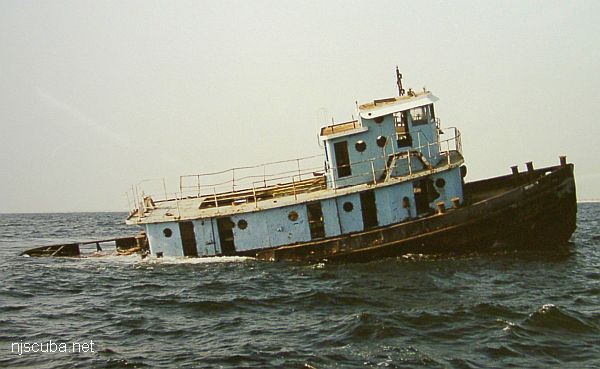
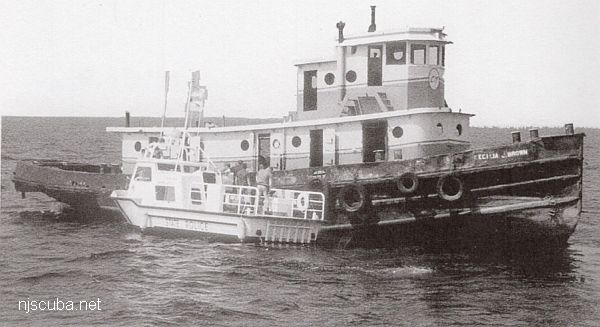
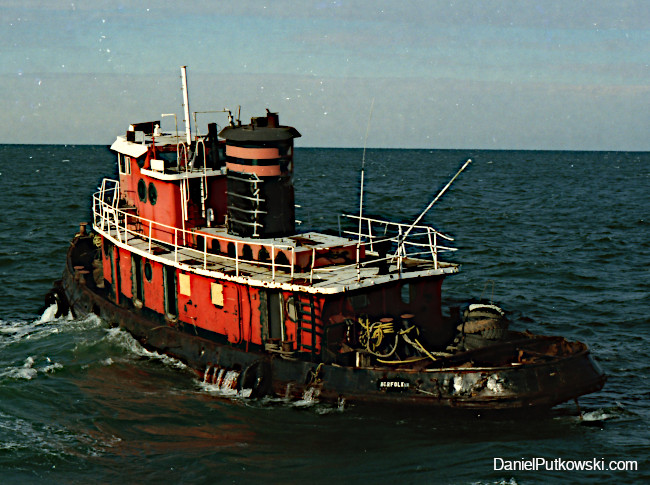
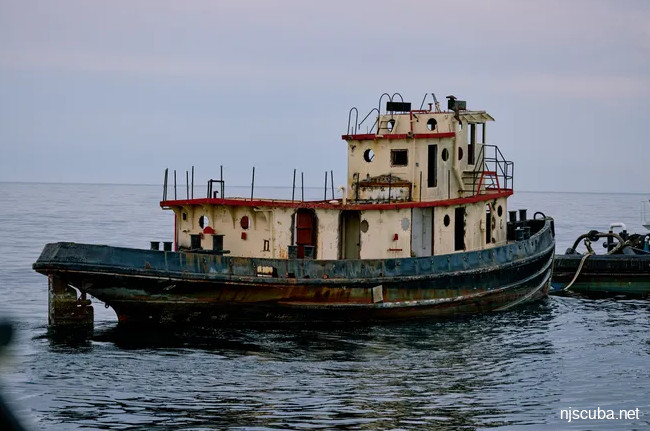
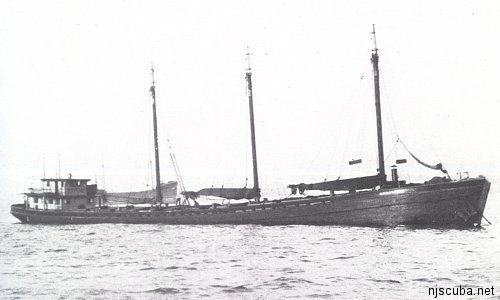
Questions or Inquiries?
Just want to say Hello? Sign the .